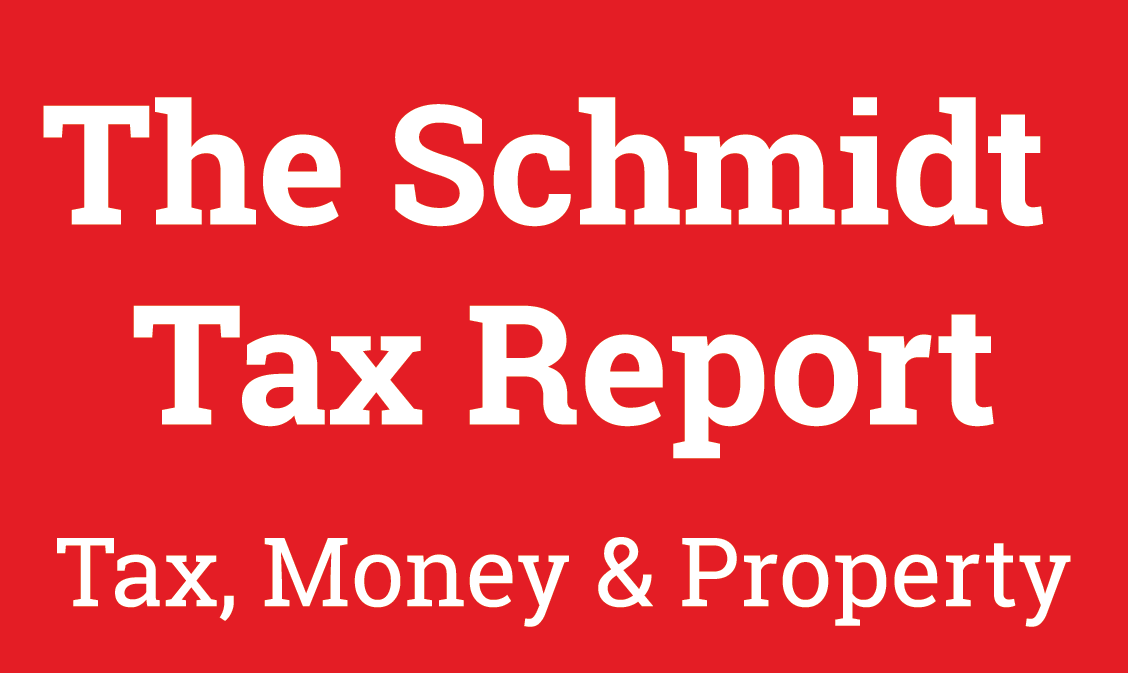On initial examination I was not that excited about Investor’s Relief. In a nutshell, shareholders can benefit from the 10% capital gains tax rate on the disposal of ordinary shares in an unlisted company for which they have subscribed after 16 March 2016, as long as they have held the shares for at least three years. The three-year period cannot begin until 6 April 2016. Like so many reliefs there are innumerable conditions to be fulfilled including the fact that the shares must be fully paid-up in cash and issued on arm’s length basis. Furthermore, any investor cannot work for (or be a director of) the investee company at any time during the three-year period, nor connected to an employee or director. In fact, the relief is denied if the investor ‘receives value’ from the investee company. Also, dividends paid to any investor claiming the relief must not exceed a ‘normal return’ (whatever that is) on an equity investment in the company and any loans made by the investor to the company cannot exceed a ‘reasonable commercial return’. Thinking it through, though, I can see some definite possibilities. The 10% rate is not as good as the 0% rate offered by schemes such as EIS but the rules are much more flexible and the onus is on the investor to claim the relief rather than the company to comply with lots of tedious regulations. There appears to be total flexibility in what business the company can be involved in, too. So far HMRC’s website has said nothing about trading in property, for example. I can also see situations where investors use shares as security against interest-free loans, taking their reward as an uplift on share value rather than as interest. As I say, Investor’s Relief may have more to offer than I first thought.
1.6.16
